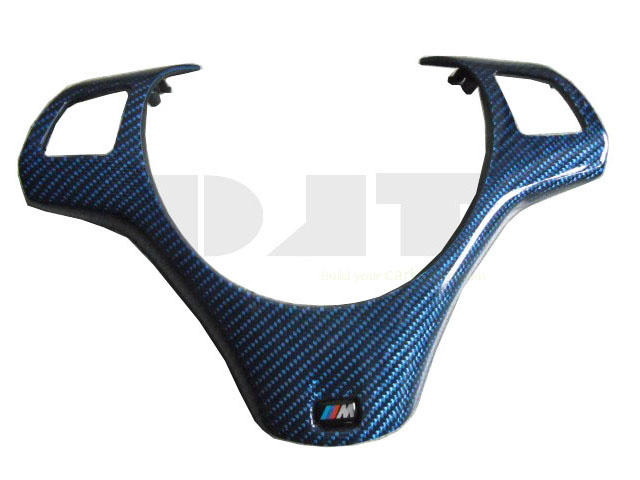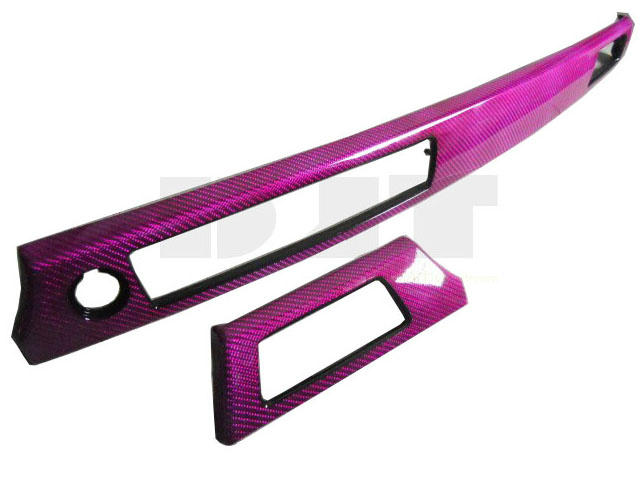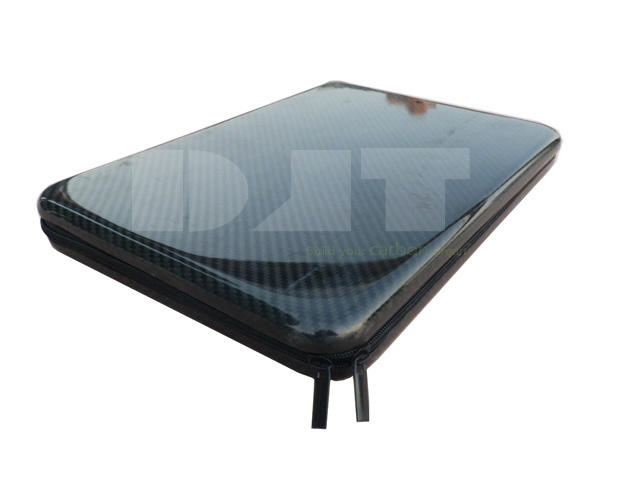Organizing Committee:
Official Host:
Heilongjiang Society of Aeronautics
Liaoning Society of Aeronautics and Astronautics
Sichuan Society of Aeronautics and Astronautics
Shaanxi Society of Aeronautics
Jiangxi Society of Aeronautics
Support Organization
Office of Science, Technology and Industry for National Defense of Heilongjiang Province
Heilongjiang Association of Science and Technology
Co-organizer
AVIC Harbin Aircraft Industry (Group) Co., Ltd.
AVIC Dongan Engine (Group) Co., Ltd.
Organizer
Heilongjiang Society of Aeronautics
Galleon (Shanghai) Consulting Co., Ltd.
The Chinese government is determined to develop a first domestic large civil aircraft as C919 and parts industry that will be a globally-competitive player by 2020. The development of large civil aircraft is listed as one of China's 16 major development plans in the country's 12th five – year program. So, what is going on inside COMAC and its C919 aircraft programme right now, and should western aerospace suppliers be worried, excited or both?
As ever, the inscrutable Chinese has drawn a veil of secrecy over the entire COMAC C919 programme. Little is known about the aircraft itself until recently, but what we do know is that C919 is featured with aluminum-lithium alloy fuselage, largely composite wing and wingbox etc.
The Chinese aerospace industry has long history and last experience Chinese industry had of creating a large civil aircraft was with the Y10 project some thirty years ago, which was widely believed at the time to be a reverse engineered Boeing 707.
The design of the C919 is vastly different, technically groundbreaking in a number of areas of C919 structure which is 25% composite and it is assembled differently than an traditional metallic aircraft. Any aircraft project with the magnitude of the C919 generates some very significant investment in specific tools, jigs and fixtures and other aspects of production capability. In C919 case, the nature of this investment has been characterized by the increase in the use of composite components and in the relationship between major tier one companies and the prime. The ability to manage build tolerances for large composite structures has been driven by innovation in the use of metrology, materials for tooling and in the methodology for assembly.
AVIC subsidiaries have been allocated various sections of the aerostructure. Hrbin has taken charge of largely composite wing, Xi'an has taken charge of the mid fuselage and the performance critical areas of the airframe contained in the centre wingbox, outer wingbox, wing panels, flaps, spoilers and ailerons. Hongdu and Shenyang are manufacturing the front and rear fuselage sections and Chengdu the nose section. The final assembly line for the C919 will be located near Shanghai's Pudong International Airport and is expected to be capable of producing 2 C919s monthly by 2016.The company also plans to complete the next production system rate increase to 3.5 aircraft per month by 2020.
First flight for the C919 is scheduled for 2014, with entry into service in 2016. This is a very similar timeframe to UAC's MS-21 and Airbus' re-engined A320neo, and a year earlier than the Boeing's re-engined B737MAX, all of which will compete with it in global markets for 150-200 seat narrow body airliners.
Asian characteristic of concentrating on the long game must be at play here. As individual aircraft system parts of C919 are there now and represent the current state-of-the-art from global leaders in the various topic areas, but how it comes together it won't all be done in one jump. C919 plan does not only centre on this aircraft being both a technological and economic success, but also is providing a foundation for the fledgling commercial aerospace sector in China.




